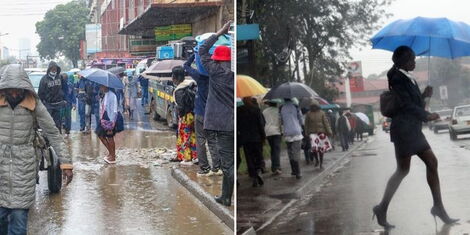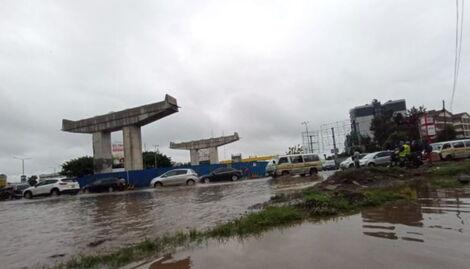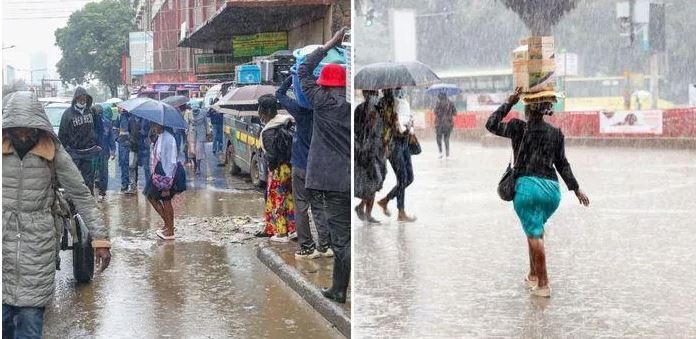The World Meteorological Organisation (WMO) has warned that the high temperatures and persistent drought experienced in the Greater Horn of Africa signal a return of El Nino.
A report by the WMO dated March 1, detailed that El Nino may develop in the coming months with low levels experienced from April and strong levels From June to August.
El Nino is expected after a period of low rainfall that according to a weather report by the Kenya Meteorological Department (KMD), will not be enough for a successful harvest.

“The chances of El Nino developing while low in the first half of the year at 15 per cent between April and June, gradually increases to 35 per cent in May to July.
“Long lead forecasts for June to August indicate a much higher chance of 55 per cent of El Nino developing,” a statement from WMO read in part.
Moreover, WMO Secretary-General Petteri Taalas warned that El Nino would lead to another increase in global temperatures noting that the past eight-year period had been the warmest on record.
“La Nina’s cooling effect put a temporary brake on rising global temperatures, even though the past eight year period was the warmest on record.
“If we do now enter an El Niño phase, this is likely to fuel another spike in global temperatures,” Taalas stated.
La Nina is defined as a large-scale cooling of ocean surface temperatures in the central and eastern equatorial Pacific oceans. It usually has the opposite effect on weather and climate as El Nino.
Moreover, the weatherman issued a warning that the long rainy season in the country, which typically runs from March to May, will have a delayed onset and receive less rainfall.
David Gikungu, Director, KMD on February 22, raised concerns over food security and water supply in the country, warning farmers to prepare adequately by buying tanks to collect rain water.
“We have to start thinking of the worst and start adapting to it. This can only happen if we increase investment in disaster risk reduction measures.
"We are looking at a situation where the normal crops like maize, will not give us a good harvest,” Gikungu stated.


